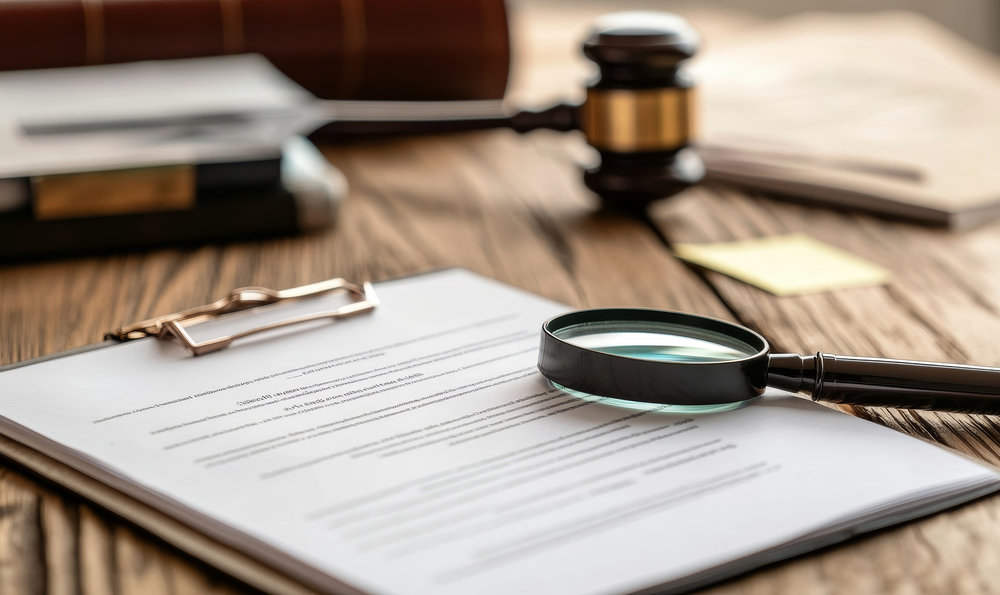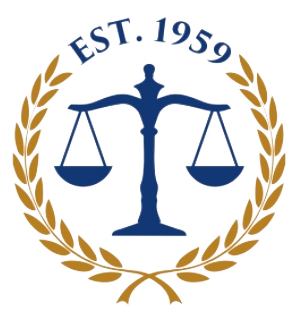
Proving negligence forms the foundation of most personal injury lawsuits, yet many accident victims struggle to understand what evidence they need to build a successful case. Negligence occurs when someone fails to exercise reasonable care, resulting in harm to another person. While this concept may seem straightforward, establishing negligence in court requires meeting specific legal elements and presenting compelling evidence that demonstrates how the defendant’s actions or inactions directly caused your injuries.
At Byrd Davis Alden & Henrichson, we have successfully proven negligence in countless personal injury cases throughout our 65 years of practice in Austin. Our experienced trial attorneys understand the nuances of Texas negligence law and know how to build compelling cases that hold wrongdoers accountable for their actions.
The Four Elements of Negligence
Texas law requires plaintiffs to prove four distinct elements to establish negligence: duty, breach, causation, and damages. Each element must be proven by a preponderance of the evidence, meaning it’s more likely than not that each element exists. Failing to prove any single element can result in dismissal of your case or an unsuccessful verdict at trial.
The duty element requires showing the defendant owed you a legal obligation to exercise reasonable care under the circumstances. This duty varies depending on the relationship between parties and the specific situation. For example, drivers owe other motorists a duty to operate their vehicles safely and follow traffic laws, while property owners owe visitors a duty to maintain reasonably safe premises.
Breach of Duty
Once you establish the defendant owed you a duty of care, you must prove they breached that duty through their actions or failure to act. Breach occurs when someone’s conduct falls below the standard of care a reasonable person would exercise under similar circumstances. This determination often involves comparing the defendant’s actions to what a hypothetical reasonable person would have done in the same situation.
Expert witnesses frequently help establish the appropriate standard of care and explain how the defendant’s conduct fell short. For instance, in medical malpractice cases, medical professionals testify about accepted standards of care in the relevant field and how the defendant physician’s treatment deviated from those standards.
Proving Causation
Causation represents one of the most challenging elements to prove in negligence cases because it requires establishing both factual causation and legal causation. Factual causation, also known as “but for” causation, asks whether your injuries would have occurred but for the defendant’s negligent conduct. If your injuries would have happened regardless of the defendant’s actions, factual causation cannot be established.
Legal causation, or proximate cause, requires showing the defendant’s negligent conduct was a substantial factor in bringing about your injuries and that the harm was a foreseeable result of their actions. Courts consider whether a reasonable person in the defendant’s position could have anticipated that their conduct might result in the type of harm you suffered.
Types of Evidence Used to Prove Negligence
Successful negligence cases rely on various types of evidence to establish each required element. Physical evidence from the accident scene, including photographs, damaged property, and environmental conditions, can demonstrate how the incident occurred and what factors contributed to it. This evidence helps establish both breach of duty and causation.
Witness testimony provides firsthand accounts of the defendant’s conduct and the circumstances surrounding your accident. Eyewitnesses can describe what they observed before, during, and after the incident, helping establish the sequence of events and the defendant’s actions or inactions.
Documentation and Records
Official reports such as police reports, incident reports, or government inspection records often contain valuable information about the circumstances of your accident. These documents may include statements from involved parties, witness observations, and official findings about contributing factors.
Medical records serve multiple purposes in negligence cases. They document the extent and nature of your injuries, establish the causal relationship between the accident and your harm, and provide evidence of your damages. Expert medical testimony often helps explain complex medical issues to judges and juries.
Expert Witnesses in Negligence Cases
Expert witnesses play a vital role in many negligence cases by providing specialized knowledge that helps judges and juries understand complex issues. Accident reconstruction experts can analyze physical evidence to determine how an incident occurred and what factors contributed to it. These professionals use scientific principles and specialized software to recreate accidents and explain the mechanics involved.
Industry professionals often testify about applicable standards of care in their fields. For example, construction safety professionals might testify about proper safety procedures in workplace accident cases, while automotive engineers might explain vehicle safety systems in car accident cases involving alleged design defects.
Contact Our Proven Austin Personal Injury Trial Attorneys
Proving negligence requires thorough investigation, careful evidence collection, and skilled legal advocacy. The strength of your case depends largely on how well your attorney can demonstrate each element of negligence through compelling evidence and persuasive arguments. Insurance companies have teams of lawyers working to minimize their liability, making it essential to have experienced legal representation on your side.
Byrd Davis Alden & Henrichson has been Austin’s premier personal injury law firm since 1959, earning recognition from U.S. News & World Report as one of the Best Law Firms in the U.S. Our Board Certified Personal Injury attorneys have successfully proven negligence in cases resulting in over $100 million recovered for clients with a 98% success rate. We handle all cases on a contingency fee basis, meaning you pay no attorney fees unless we win your case. To discuss how we can help prove negligence in your personal injury case, call us at (512) 454-3751 or submit our contact form.





